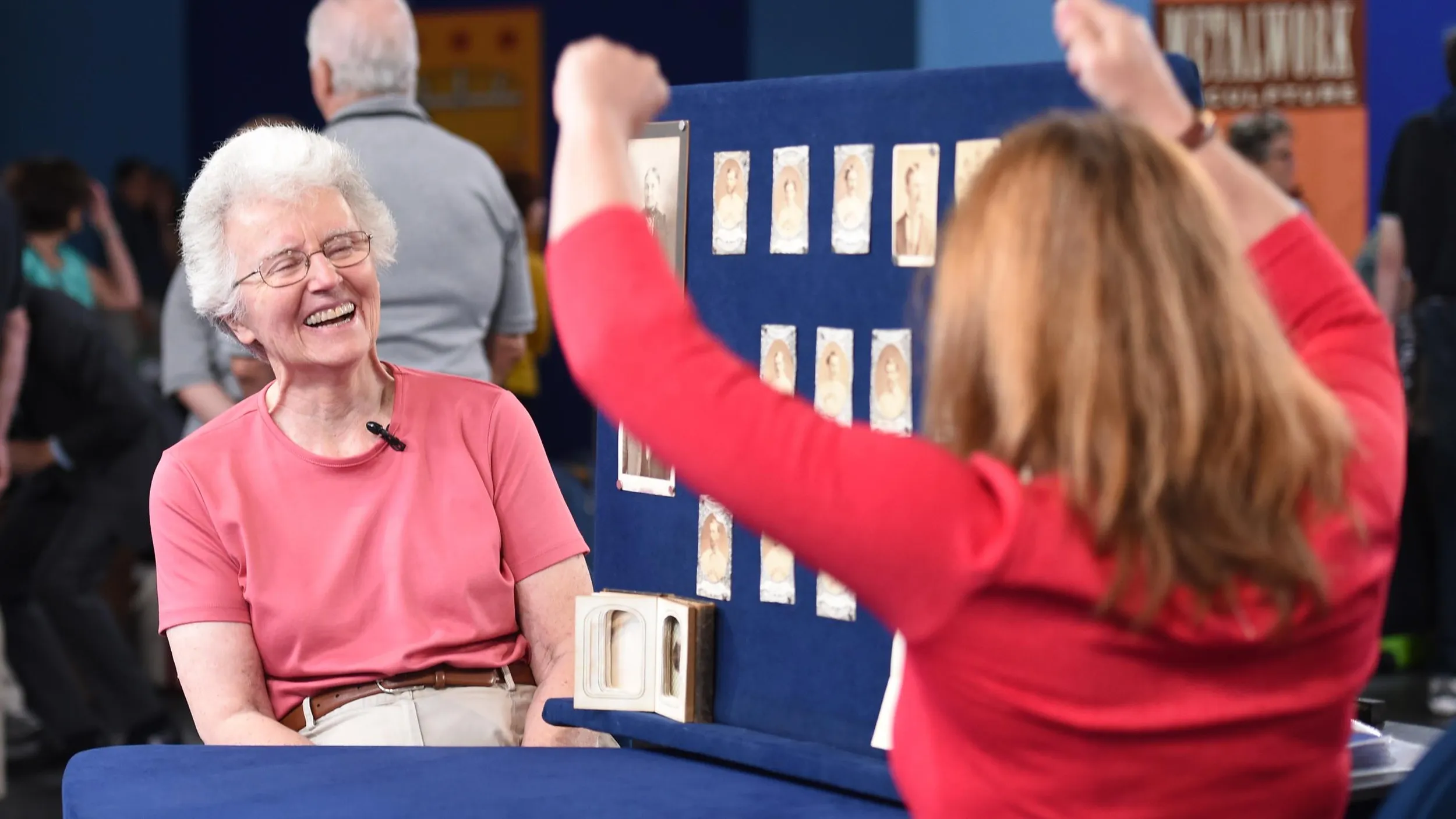GUEST: This watch belonged to my great-grandfather, who had a seat on the New York Stock Exchange. He had come up from Baltimore, and I believe the watch was connected to... as a gift or purchased at that time.
APPRAISER: This is the story of a lot of watches. There's a wonderful presentation inscription inside the watch and the date "1868." Now, what's interesting about this watch really is that it's a state-of-the-art 1868 watch. We've heard of a lot of the watch companies that are still around such as Patek Philippe, who made wonderful watches in the 19th century, and this is a watchmaker who was very highly regarded in the 19th century and is nearly forgotten today. His name is Jules Jurgensen. Now, he was Danish, but the watch was made in Switzerland.
GUEST: Oh! I thought it was New York.
APPRAISER: Now, when you bought a watch like this, it was fairly expensive, so you got a lot of accessories with it. Now, in this case, it's come with its original box, it's got a spare main spring inside it here, a spare crystal, and a guarantee certificate. And if we looked at the other side of the guarantee certificate, we'd see that it was rated for keeping time. These are sort of underappreciated, but that doesn't mean that they're not very, very special in their own way. If we take the watch off the hook and hold it here... You're familiar with setting a watch by turning the crown. Jules Jurgensen invented what was known as bow setting. To set this watch, you push the bow down very carefully and then turn the crown. And if we then move the bow back up, the watch winds. This is characteristic of Jurgensen watches. But what's really special about this is that you can tell the time without even looking at the watch. This is what's known as a minute repeating watch. So if we activate it with the slide on the side of the watch, and I will hold it up here... (watch chiming) You can hear it chime the hours. "Ting-tang" is for the quarters. (laughing) And then a few "tings" for the minutes. Inside the front cover, there's a very interesting inscription.
GUEST: It's inscribed to William Lemmon, who was my great-grandfather.
APPRAISER: These watches were highly desirable in the 19th century, still are today. A few years ago, it was not such a valuable watch, but recently, when these have been selling at auction, they've been bringing prices between $12,000 and $18,000.
GUEST: That's great! (laughing) Really nice. (chiming)











